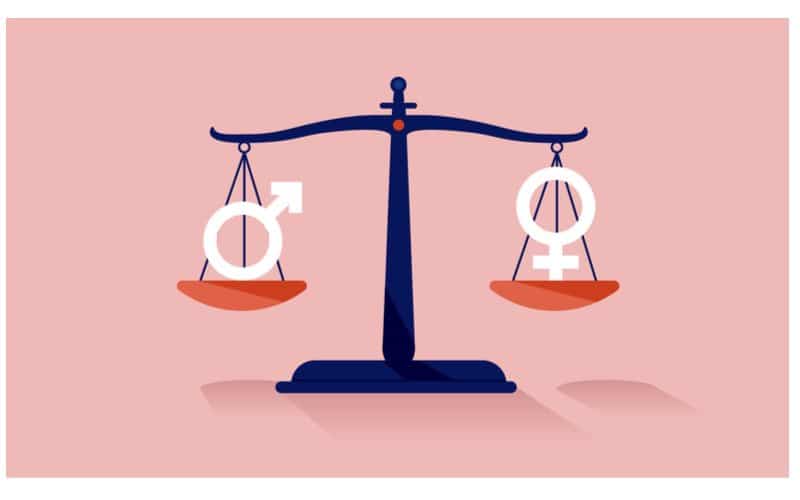A reminder of Gender definitions
Here we have a teacher guide to gender definitions. We now live in a society that embraces individuality, rather than generalisations according to the mainstream. A person is encouraged to have a sense of self due to how they feel, rather than according to their body parts. If you have not been affected by gender issues and have grown up without this new way of thinking, it can be difficult to understand. Time needs to be taken to understand the issues and terminology.
This teacher guide is a good back-to-basics reminder of some gender definitions. Remember, it’s a sensitive area and using an incorrect term or making an assumption, can damage someone’s wellbeing. However, if this happens, apologise and move on. In addition, please be aware that these terms may change over time and will vary amongst different cultures.
Gender related definitions
Some obvious terms worth a reminder:
- Sex: biological status assigned at birth, can be categorised as male, female, or intersex.
- Gender: usually categorised as male, female or nonbinary but can vary amongst different cultures and time.
- Gender identity: not outwardly visible to others, it is a sense of self and gender, an inward feeling.
A refresh of some newer terms:
- Gender expression: how someone chooses to present their gender to the outside world, can be via clothing, make-up, hair, behaviour, speech and voice or other perceived characteristics.
- Cisgender/cis: someone whose gender identity is the same as their sex assigned at birth.
- Transgender/trans: a term used to describe someone whose gender identity differs from their sex assigned at birth.
- Non-binary: a term someone uses to describe themselves or their gender which neither fits into the categories of male or female.
- Pansexual: describes when a person has the potential for emotional, romantic or sexual attraction to people of any gender, sometimes used with bisexual.
- Gender-fluid: when a person does not identify with a single fixed gender.
- Demigender: a collective term used for non-binary identities, e.g., a demiboy is both male and genderless.
- Agender: a term that describes when someone does not identify as any gender.
- Polygender: when a person has several gender identities either at the same time, or switching between them at different times.
- Gender-expansive: describes someone with a flexible gender perception and identity than a typical gender binary. This can change with time as the person explores what it means gender means for them.
- Gender transition: is a process someone undertakes to bring themselves into alignment with their gender identity. It’s not just one step. May involve informing people, a name and pronoun change, updating legal documents and medical treatment/surgery.
- Gender dysphoria: a medical diagnosis concerning the damaging psychological distress resulting from the persons sex assigned at birth and their gender identity.
- LGBTQ+ : the acronym for lesbian, gay, bisexual, transgender and queer.
- Queer: people avoided using this word for a while as it deemed derogatory for a few decades. However, it has now been
re-embraced and is used to generalise a range of identities and orientations that are to some people not mainstream.
Want to learn more about gender related terms?
If you wan to read beyond our teacher guide to gender definitions, here are some interesting sources to read to gain further understanding.
The above list is just a start and there is much more to learn. The Gender Research and Identity Society has further information about these issues, please click here to learn about further terminology.
The Proud Trust, based in Manchester is an excellent resource to gain more understanding. In addition, it offers online courses and other training especially for teachers and schools. To learn more about teacher training in this area, please click here.



